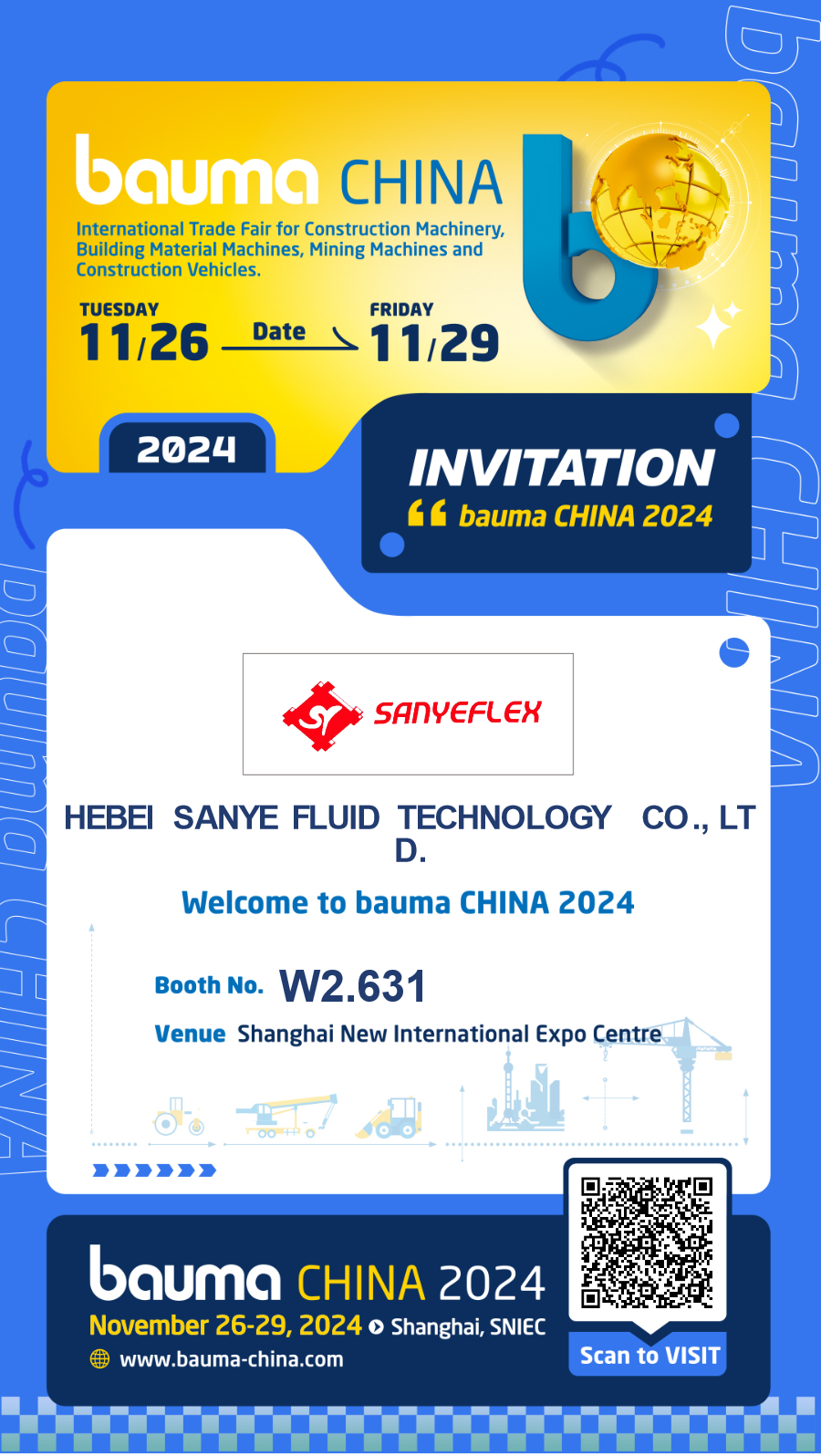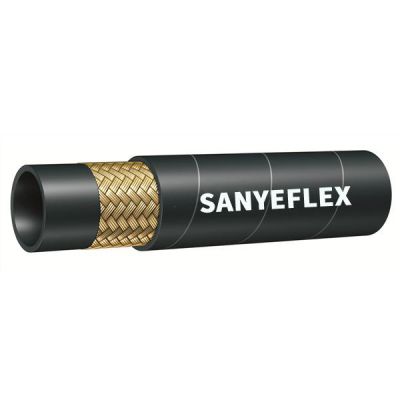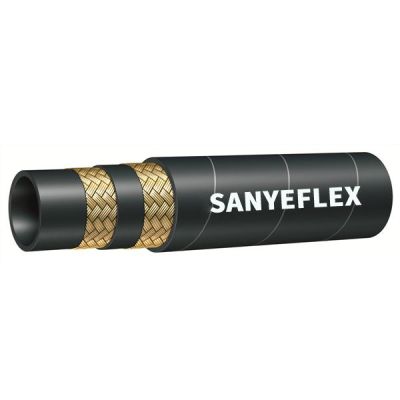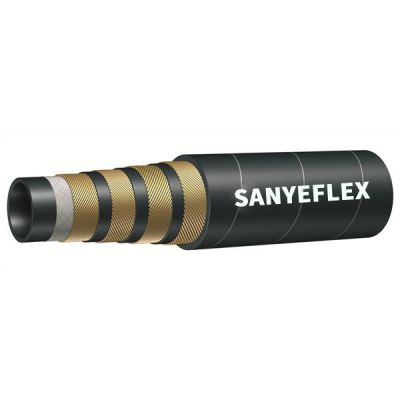Jan. 16, 2025
Flexible hydraulic hoses are crucial components in various machinery and equipment, responsible for transmitting hydraulic fluid to different parts of the system. Over time, these hoses can wear out due to factors like pressure, temperature, and mechanical stress, leading to leaks or even failure. Knowing when and how to replace a flexible hydraulic hose is essential for maintaining the efficiency and safety of hydraulic systems.
Regular inspection is key to identifying potential issues with hydraulic hoses before they escalate into larger problems. Visual inspection should include checking for signs of wear, such as abrasions, cuts, bulges, or cracks on the outer surface of the hose. Additionally, any signs of leaks, such as fluid seepage or dampness around connections, should be addressed promptly. It's also essential to inspect the hose fittings and connections for any signs of damage or corrosion.
Beyond visual inspection, evaluating the performance of the hydraulic system can provide insights into the condition of the hoses. Factors such as decreased hydraulic pressure, slower response times, or unusual noises during operation may indicate issues with the hoses or other components of the system. Monitoring the system for these signs can help in identifying when a hose replacement is necessary.
The frequency of hose replacement depends on various factors, including the operating conditions, the type of hydraulic fluid used, and the quality of the hose itself. Generally, hoses should be replaced preventively based on a maintenance schedule recommended by the equipment manufacturer or hydraulic system supplier. However, if signs of wear or performance issues are detected during inspection, immediate replacement may be necessary to prevent system failure.
When replacing a flexible hydraulic hose, it's crucial to select the right hose for the application. Factors to consider include the operating pressure, temperature range, compatibility with hydraulic fluids, and environmental conditions. Choosing a hose that meets or exceeds the specifications of the original equipment ensures optimal performance and longevity.
Replacing a flexible hydraulic hose involves several steps to ensure proper installation and function. First, the hydraulic system should be depressurized to prevent any accidental release of hydraulic fluid. Next, the damaged hose and fittings are removed carefully, taking note of the routing and orientation of the hose to replicate during installation.
Once the old hose is removed, the new hose and fittings are installed according to the manufacturer's guidelines, ensuring proper alignment and torque specifications are followed. It's essential to use new fittings and proper assembly techniques to maintain the integrity of the hydraulic system. After installation, the system should be pressurized gradually to check for leaks and ensure proper operation.
Regular inspection, evaluation of performance, and timely replacement are essential aspects of maintaining flexible hydraulic hoses in optimal condition. By being proactive in identifying potential issues and following proper replacement procedures, the efficiency and safety of hydraulic systems can be preserved. Remember to consult the equipment manufacturer or hydraulic system supplier for guidance on replacement intervals and specifications. If you have any questions or need assistance with hydraulic hose replacement, don't hesitate to contact us or your trusted supplier for support.
Our Customer
Tel.: +86 400 0318 111
Email: admin@sanyeflex.com
Add.: #218 Zhongke Street, High-tech Zone, Hengshui City, Hebei Province, China



